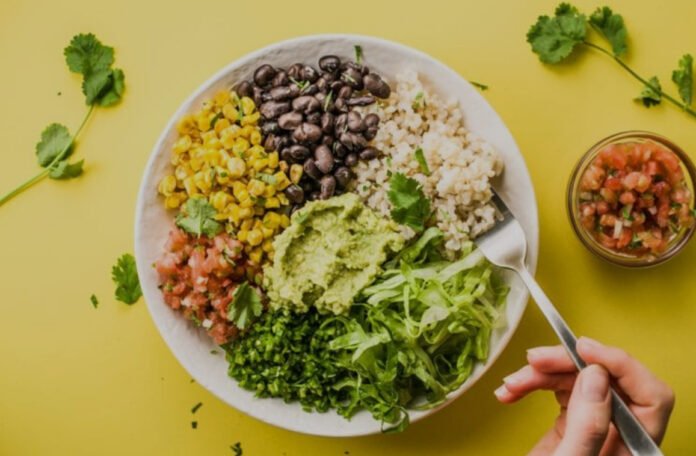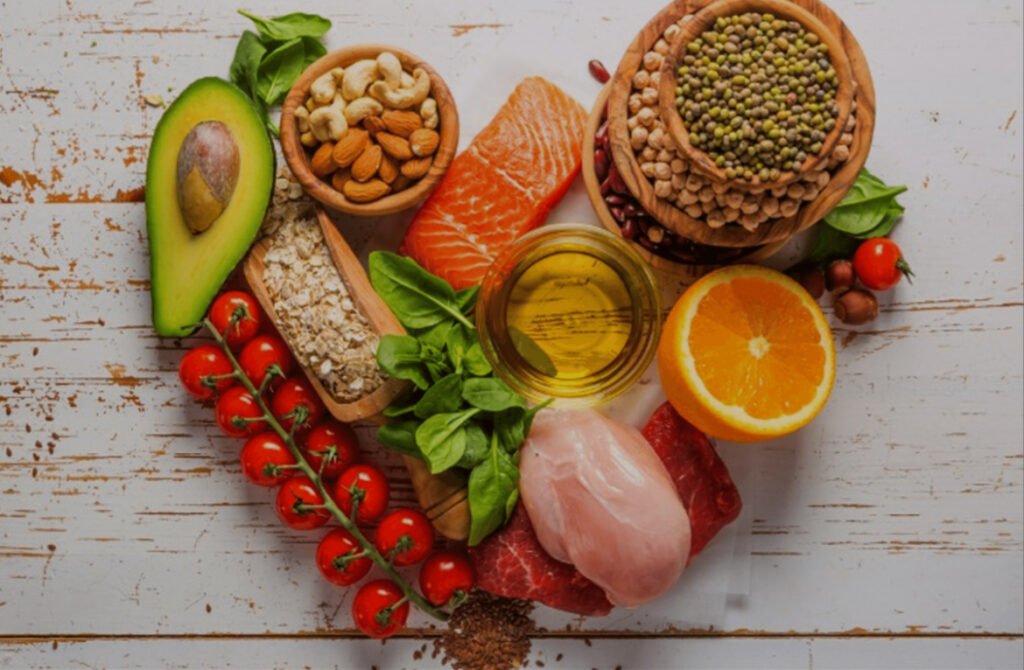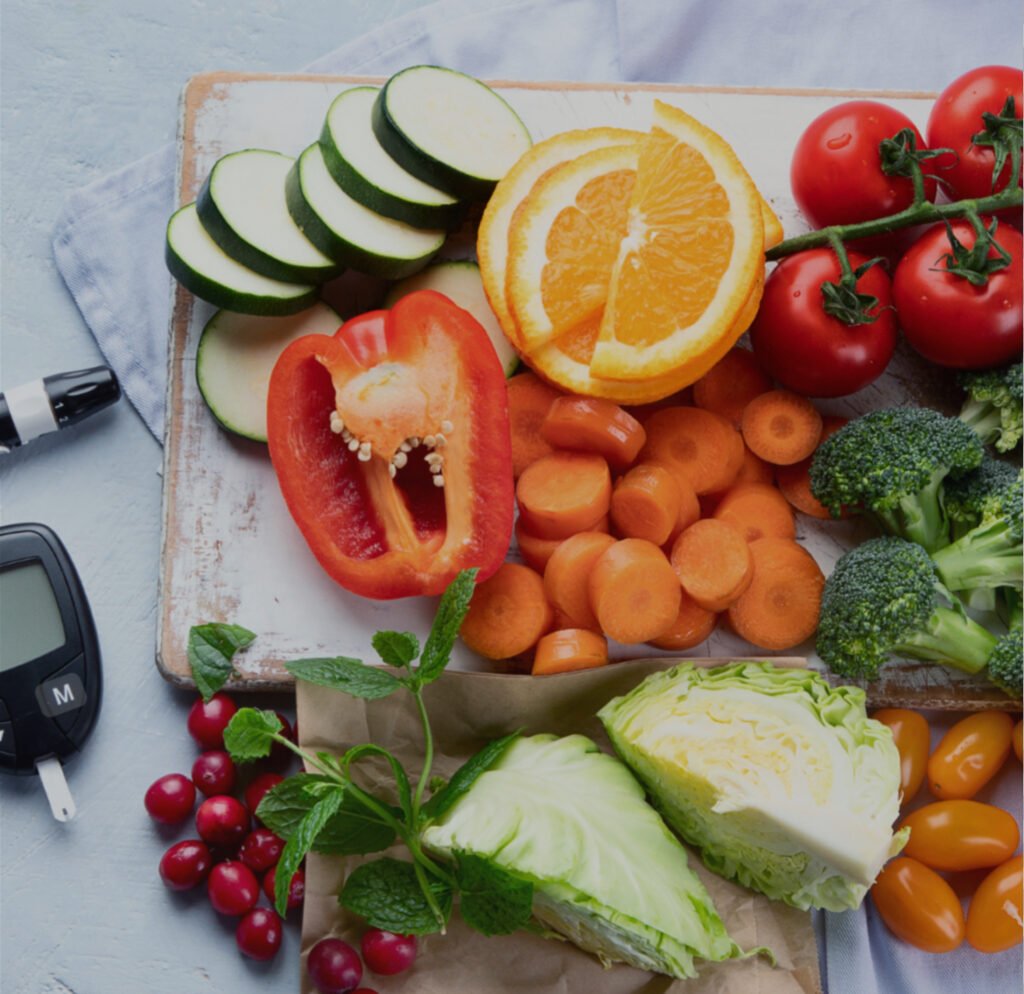Introduction
In a world dominated by processed foods, fast-paced living, and endless digital distractions, it’s no wonder many people feel sluggish, bloated, or mentally foggy. The good news is that your body is remarkably responsive to change—and it doesn’t take long to feel a dramatic difference. A short but powerful intervention, like a 7-day healthy eating challenge, can help reset your body and mind, paving the way for better habits, clearer thinking, and renewed energy.
An healthy challenge isn’t about starving yourself, counting every calorie, or giving up flavor. It’s about reconnecting with your body through clean eating, nourishing your cells with wholesome ingredients, and eliminating the foods that may be silently sabotaging your health. Whether you’re looking to break out of a junk food spiral, reduce inflammation, or simply feel better in your skin, a week of focused, clean eating can be the reboot your body needs.
Let’s walk through a detailed, day-by-day breakdown of this transformative healthy challenge and explore the best practices for success. By the end of the week, you’ll not only reset your body—you’ll recalibrate your entire relationship with food.
Why Try a 7-Day Healthy Eating Challenge?
A 7-day healthy eating challenge is designed to create a powerful reset. Here are a few reasons why it works so well:
- It’s achievable: A week is short enough to be realistic but long enough to deliver visible results.
- It builds momentum: You start seeing and feeling the benefits quickly, which can inspire longer-term change.
- It removes decision fatigue: With a set plan, you’re not guessing what to eat or trying to “be good” in the moment.
- It introduces clean eating: You’ll learn new foods, recipes, and habits that can continue beyond day 7.
Most importantly, it gives your body a break from the toxins, sugars, and additives that contribute to chronic fatigue, inflammation, weight gain, and emotional eating.
Before diving into the daily plan, it’s important to understand what clean eating truly means. At its core, clean eating focuses on:
- Whole, unprocessed foods
- Natural ingredients with minimal packaging
- Foods free of added sugars and preservatives
- Healthy fats, lean proteins, and lots of vegetables
- Hydration through water, herbal teas, and natural fluids
Clean eating is not a diet—it’s a lifestyle approach to consuming food in its most natural and beneficial form. It eliminates empty calories and chemical-laden ingredients in favor of vibrant, nutrient-dense meals that support every system in your body.
Challenge Prep: What to Eliminate and Stock Up On
Eliminate:
- Processed sugars
- Refined carbs (white bread, pastries)
- Artificial sweeteners
- Soda and sugary drinks
- Fast food and fried items
- Alcohol
- Processed meats and high-sodium snacks
Stock Up On:
- Fresh fruits and vegetables (especially leafy greens and berries)
- Lean proteins (chicken breast, turkey, eggs, tofu, legumes)
- Healthy fats (avocados, olive oil, nuts, seeds)
- Whole grains (quinoa, brown rice, oats)
- Herbal teas and lemon water
- Spices and herbs (turmeric, ginger, parsley, basil)
Day 1: Clean Start – Hydrate and Nourish
Day 1 is all about flushing out toxins and setting the tone for the week. Begin your morning with a warm glass of lemon water to kickstart digestion and alkalize the body.
- Breakfast: Smoothie with spinach, banana, chia seeds, almond milk, and a scoop of plant-based protein
- Lunch: Quinoa bowl with grilled chicken, kale, chickpeas, and tahini dressing
- Dinner: Baked salmon with steamed broccoli and roasted sweet potatoes
- Snacks: Apple slices with almond butter, cucumber with hummus
Tips:
- Avoid caffeine today if possible.
- Take short walks to support detoxification.
- Keep a journal to track your mood, energy, and cravings.
Day 2: Cutting the Cravings
Sugar withdrawal might hit today, especially if your regular diet includes lots of processed foods. Drink plenty of water and double up on fiber to reduce cravings.
Meal Ideas:
- Breakfast: Steel-cut oats with blueberries, walnuts, and a splash of coconut milk
- Lunch: Lentil soup with kale and carrots
- Dinner: Stir-fry with tofu, broccoli, bell peppers, and brown rice
- Snacks: Handful of almonds, celery sticks with guacamole
Tips:
- Don’t skip meals—eat regularly to stabilize blood sugar.
- Chew slowly and mindfully to enhance digestion.
- Sleep early to help your body reset overnight.
Day 3: Energy Boost Through Greens
Your body is beginning to adjust, and you might start noticing increased energy and clearer thinking. Today’s focus: greens and antioxidants.
Meal Ideas:
- Breakfast: Green smoothie with kale, pineapple, cucumber, and ginger
- Lunch: Spinach and arugula salad with quinoa, avocado, grilled shrimp, and lemon vinaigrette
- Dinner: Zucchini noodles with marinara, mushrooms, and turkey meatballs
- Snacks: Handful of grapes, raw veggies with baba ghanoush
Tips:
- Aim to eat something green at every meal.
- Add chlorophyll drops or wheatgrass to your water if available.
- Try dry brushing to help lymphatic drainage.
Day 4: Gut Healing Focus
Now that the body is adjusting, it’s time to support gut health and digestion. Incorporate probiotic-rich and fermented foods.
Meal Ideas:
- Breakfast: Greek yogurt with flaxseed, kiwi, and cinnamon
- Lunch: Brown rice with miso-marinated tofu, kimchi, and sautéed greens
- Dinner: Roasted vegetables with lentils and tahini drizzle
- Snacks: Kombucha, a few slices of avocado on whole grain toast
Tips:
- Include bone broth or a vegan gut-support broth as a side dish.
- Stay consistent with hydration.
- Consider a short meditation or breathing exercise to support gut-brain connection.
Day 5: Anti-Inflammatory Day
You’re over the hump and likely feeling lighter. Today’s focus is fighting internal inflammation, which plays a role in nearly every chronic illness.
Meal Ideas:
- Breakfast: Chia pudding with turmeric, cinnamon, and blueberries
- Lunch: Wild-caught salmon over arugula, beets, and walnuts
- Dinner: Cauliflower rice with sautéed garlic shrimp and turmeric-laced spinach
- Snacks: Sliced mango, roasted pumpkin seeds
Tips:
- Add turmeric, ginger, garlic, and cinnamon to as many dishes as you can.
- Avoid any processed oils—stick to olive or avocado oil.
- Take a relaxing bath with Epsom salts to reduce soreness and stress.
Day 6: Mind-Body Connection
Your mental clarity and focus are likely sharper now. Today is about aligning your food with mindfulness.
Meal Ideas:
- Breakfast: Avocado toast on sprouted grain bread with poached egg
- Lunch: Chickpea salad with cucumber, parsley, lemon, and olive oil
- Dinner: Vegetable curry with brown basmati rice
- Snacks: Homemade trail mix, pear slices with sunflower seed butter
Tips:
- Eat every meal without screens—focus fully on the flavor, texture, and experience.
- Practice deep breathing before meals.
- Reflect on how different this feels compared to your usual eating patterns.
Day 7: Reset and Reflect
It’s the final day of the challenge. You’ve done the work—now it’s time to celebrate your progress and prepare for what’s next.
Meal Ideas:
- Breakfast: Smoothie bowl topped with granola, strawberries, and hemp seeds
- Lunch: Buddha bowl with farro, avocado, roasted chickpeas, carrots, and red cabbage
- Dinner: Grilled veggie platter with a tahini-yogurt dipping sauce
- Snacks: Frozen grapes, coconut yogurt
Tips:
- Reflect in your journal: What’s changed in your body and mind?
- Make a list of habits you want to carry forward.
- Set a follow-up goal (e.g., “clean eating 3 days per week”).
Challenge Recap: What You Gained in 7 Days
By completing the 7-day healthy eating challenge, you’ve likely experienced:
- Reduced bloating and inflammation
- Clearer skin
- Improved sleep
- More energy
- Fewer sugar cravings
- Mental clarity
- A stronger sense of control over food choices
- Reconnection with hunger and fullness cues
While it’s not a magic bullet, this short challenge is a powerful gateway to lasting change. Many people find that this experience transforms their relationship with food and builds the confidence they need to continue a cleaner, more intentional way of eating.
Final Thoughts: Sustaining the Reset Long-Term
You’ve just given your body and mind a remarkable gift. In just seven days, you committed to a clean eating journey that nourished your body from the inside out. The results—whether visible in your waistline, your skin, or your mindset—are proof that small, intentional changes can yield big rewards.
But what comes next?
That’s the key difference between a “challenge” and a lifestyle. The goal of this week wasn’t to diet temporarily—it was to show you what’s possible when you prioritize real, whole foods. Now, the real transformation begins when you take the insights from this experience and apply them moving forward.
Here are ways to maintain your momentum:
- Make Clean Eating the Default: Even if you enjoy indulgences occasionally, let clean meals be your baseline. Start your day with a smoothie or eat one salad a day.
- Batch Cook or Prep Weekly: Continue prepping meals on Sunday or another day that suits you. Keeping your fridge stocked with clean food reduces temptation.
- Set Flexible Boundaries: 80/20 works well. Eat clean 80% of the time, enjoy the rest without guilt.
- Listen to Your Body: You now know what bloating, cravings, and brain fog feel like—and how quickly they can lift with better food. Tune into those signals.
- Stay Inspired: Try new recipes, follow healthy food blogs, or do a new challenge every few months.
- Involve Others: Bring a friend or family member into the next round of clean eating. Shared goals create accountability.
This isn’t the end—it’s the beginning of a healthier, stronger, more intentional you. Remember, it’s not about perfection—it’s about making better choices, more often. With each clean bite, you’re investing in a future with more vitality, more confidence, and more life.
Your body has shown you what it feels like to thrive. Keep going. You’re worth it.








